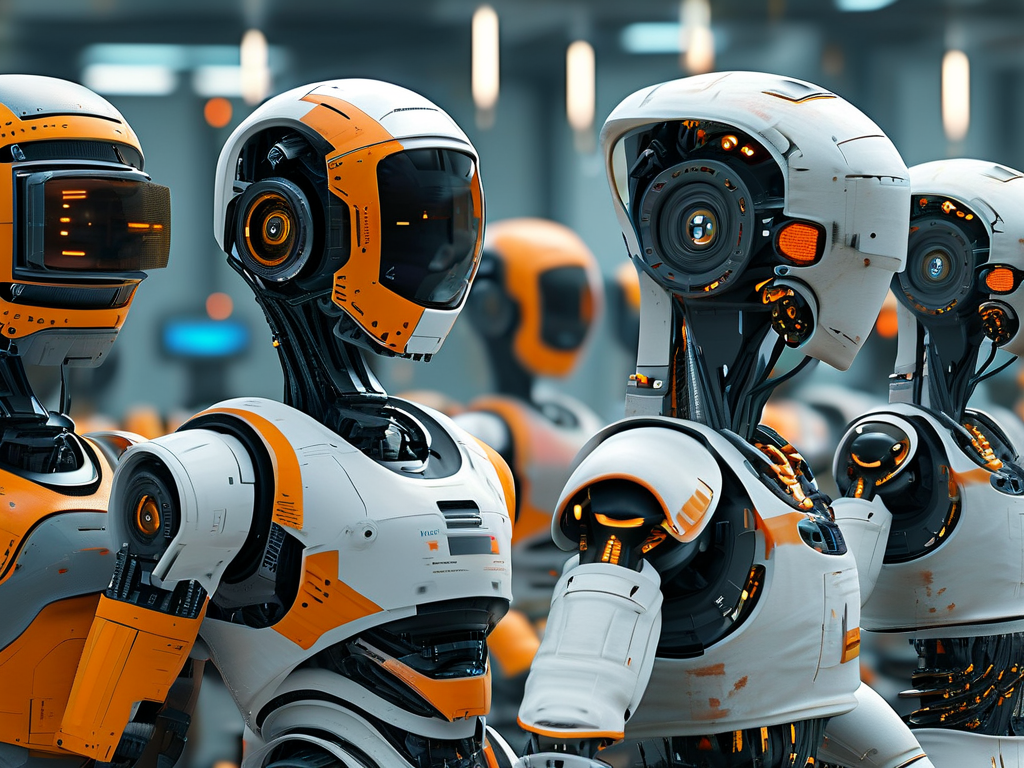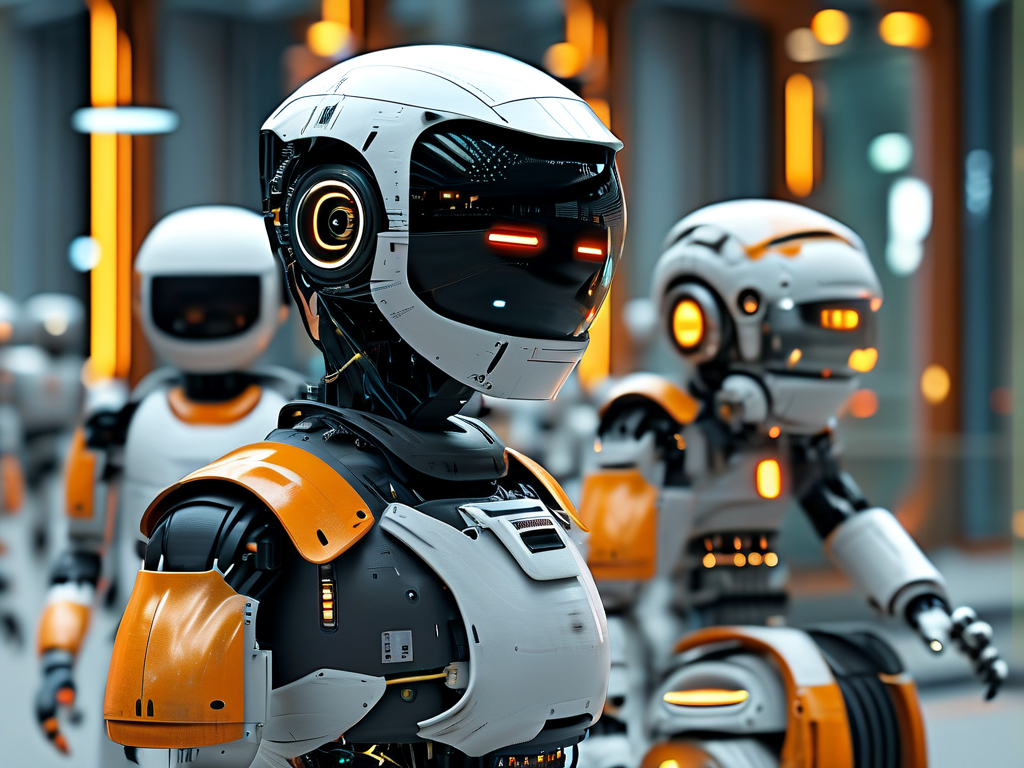The evolution of robotics has entered a transformative phase with the emergence of robotic combination technologies. This innovative approach integrates multiple robotic systems, software frameworks, and sensory networks to achieve complex tasks beyond the capabilities of individual units. Unlike traditional standalone robots, these combined systems leverage collaborative intelligence, enabling breakthroughs in industrial automation, disaster response, and precision healthcare.

At its core, robotic combination technology relies on three pillars: modular hardware design, adaptive communication protocols, and decentralized decision-making algorithms. For instance, in warehouse logistics, teams of mobile robots now synchronize their movements through mesh networking. A recent case study at a German automotive plant demonstrated how 12 collaborative robots (cobots) working in tandem reduced assembly line errors by 34% while maintaining real-time inventory updates through RFID integration.
The medical field presents particularly compelling applications. Surgical teams in Tokyo have pioneered a dual-robot system where a macro-scale robotic arm positions surgical tools while a micro-scale nanobot handles delicate tissue manipulation. This "master-apprentice" configuration, powered by haptic feedback systems, achieved 0.02mm operational precision during experimental neurosurgeries – surpassing human steadiness by three orders of magnitude.
However, technical challenges persist. Energy distribution remains a critical hurdle, as evidenced by NASA's failed 2022 lunar rover experiment where uneven power allocation caused system paralysis. Researchers are now testing hybrid energy-sharing models using supercapacitors and wireless charging patches. Another frontier involves ethical AI frameworks – when multiple robots make autonomous decisions, establishing accountability protocols becomes paramount. The EU's Robotics Ethics Board recently proposed blockchain-based audit trails for mission-critical robotic clusters.
Industry leaders are adopting divergent implementation strategies. Boston Dynamics prioritizes hardware interoperability through its "Choreographer" control suite, allowing Spot robots to combine into temporary structures like sensor towers. Conversely, Siemens focuses on software abstraction layers that let heterogeneous robots share computational resources. During a smart factory stress test, this approach enabled a KUKA arm to temporarily borrow processing power from idle delivery drones during peak demand periods.
Looking ahead, three trends dominate research roadmaps:
- Biological hybridization (integrating living tissues with robotic components)
- Quantum-enabled swarm coordination
- Self-reconfiguring metamaterial architectures
A prototype from MIT's CSAIL lab illustrates the last concept – cube-shaped robots that magnetically reassemble into tools ranging from wrenches to stair-climbing structures. While still experimental, such innovations hint at future construction sites where robotic materials autonomously adapt to architectural blueprints.
The environmental implications are equally profound. Ocean cleanup initiatives now deploy coordinated drone fleets that combine surface skimmers with submarine waste analyzers. In Norway's fjords, these systems have achieved 89% plastic capture efficiency by dynamically adjusting formation patterns based on real-time sonar data.
As regulatory bodies struggle to keep pace, technical standardization emerges as both a challenge and opportunity. The IEEE's P2851 working group is developing universal compatibility metrics, while startups like RoboChain offer blockchain solutions for secure cross-platform authentication.

Ultimately, the maturation of robotic combination technologies will depend on balancing three factors: technical feasibility, economic scalability, and social acceptability. While skeptics warn of over-automation risks, proponents argue that synergistic robotic systems could address global challenges from aging populations to climate resilience. As these technologies transition from labs to real-world implementation, their success will hinge not just on engineering brilliance, but on human-centric design philosophies that augment rather than replace organic ecosystems.


